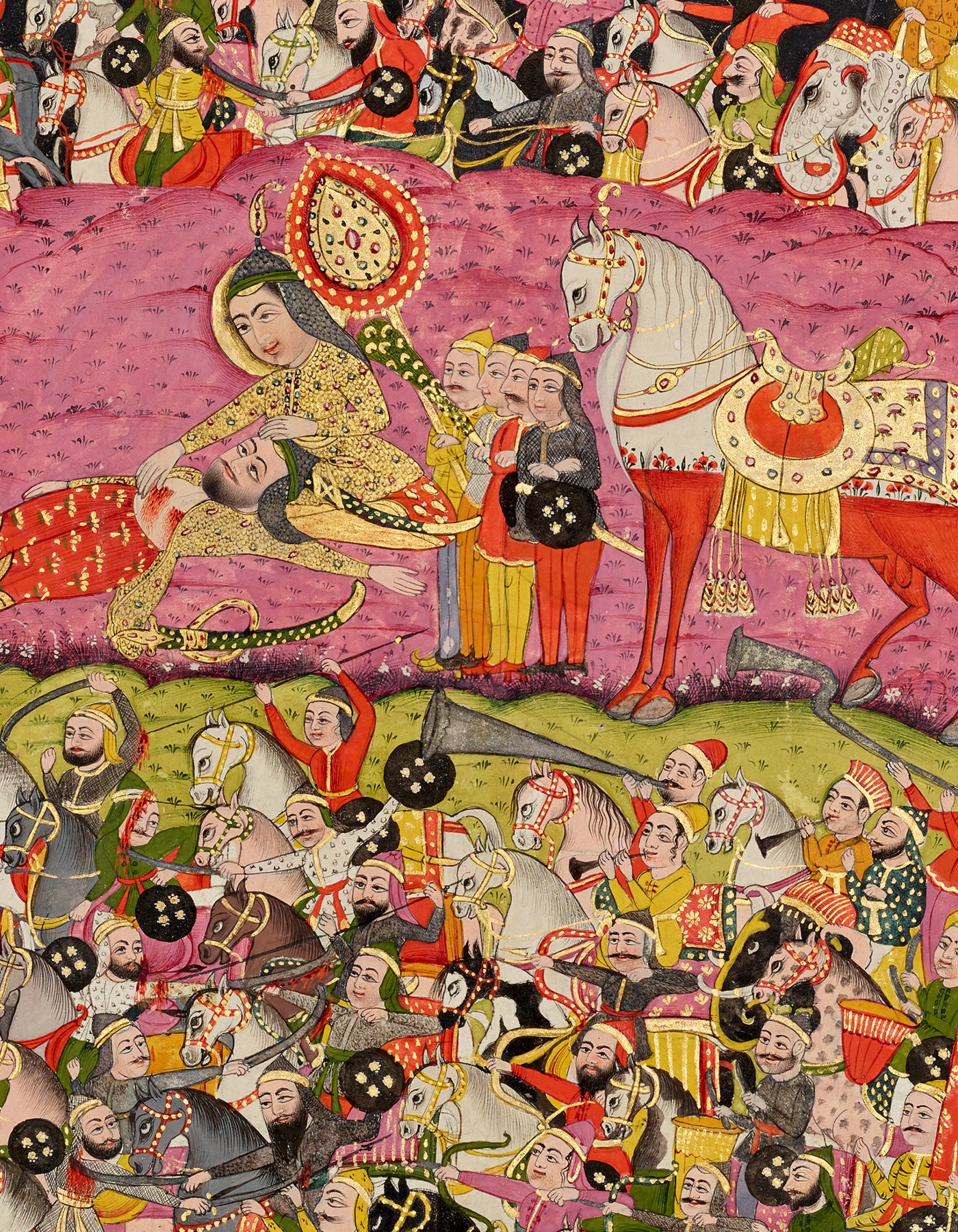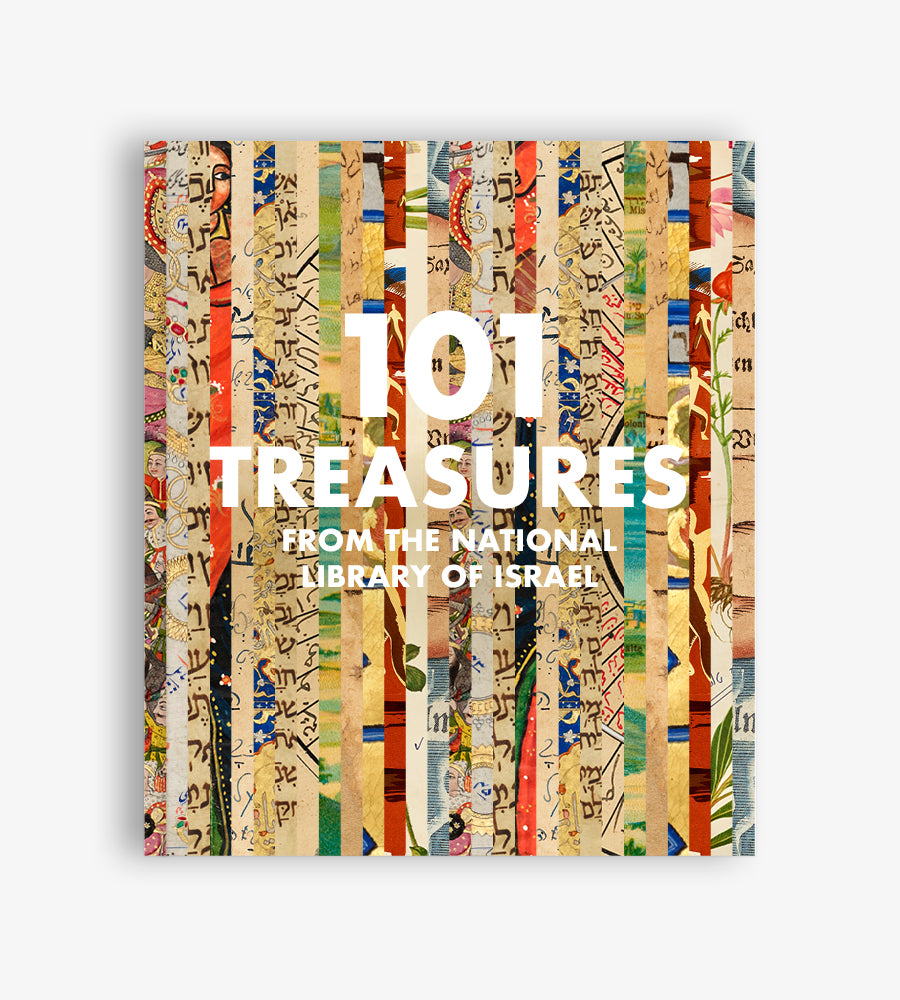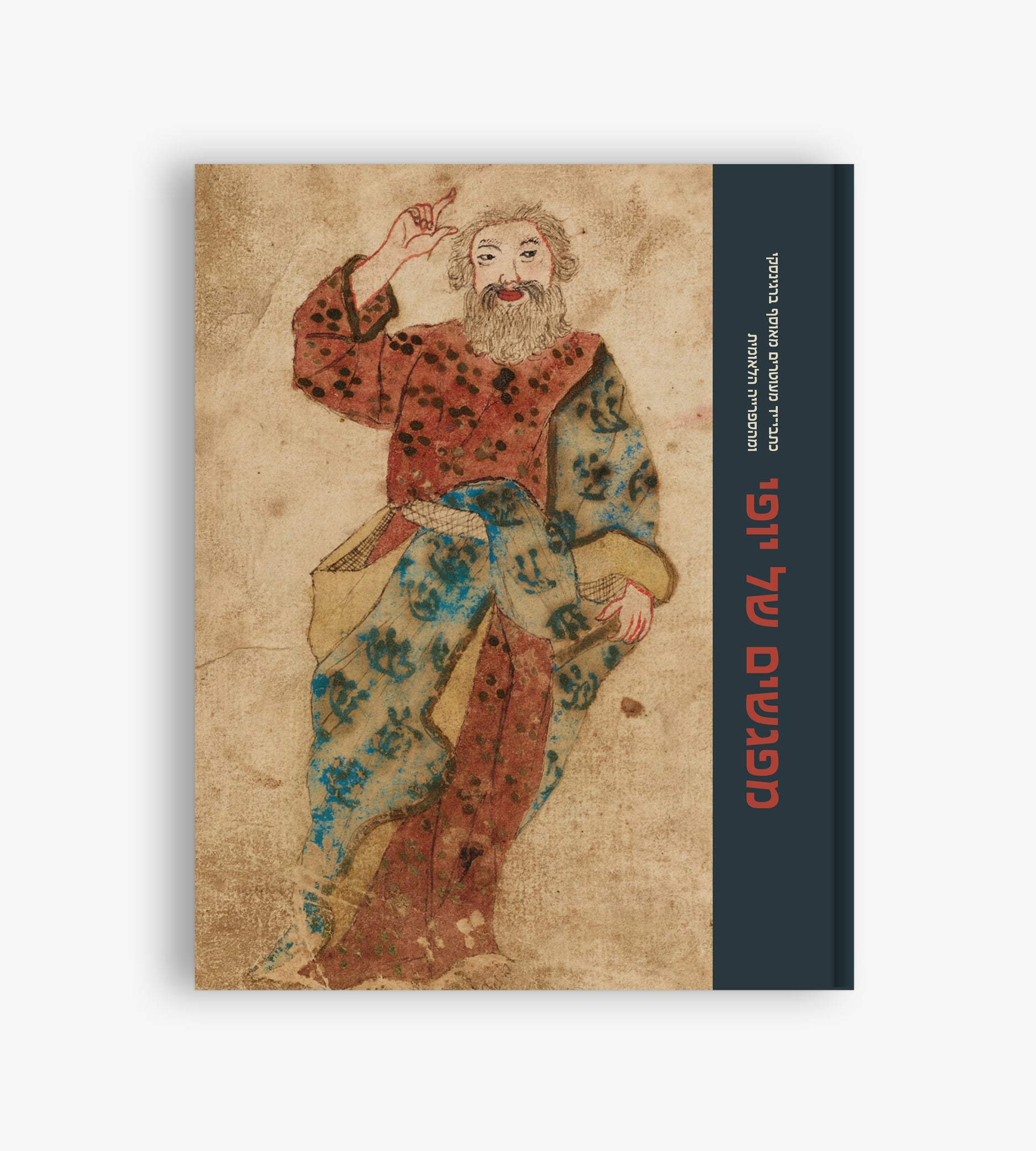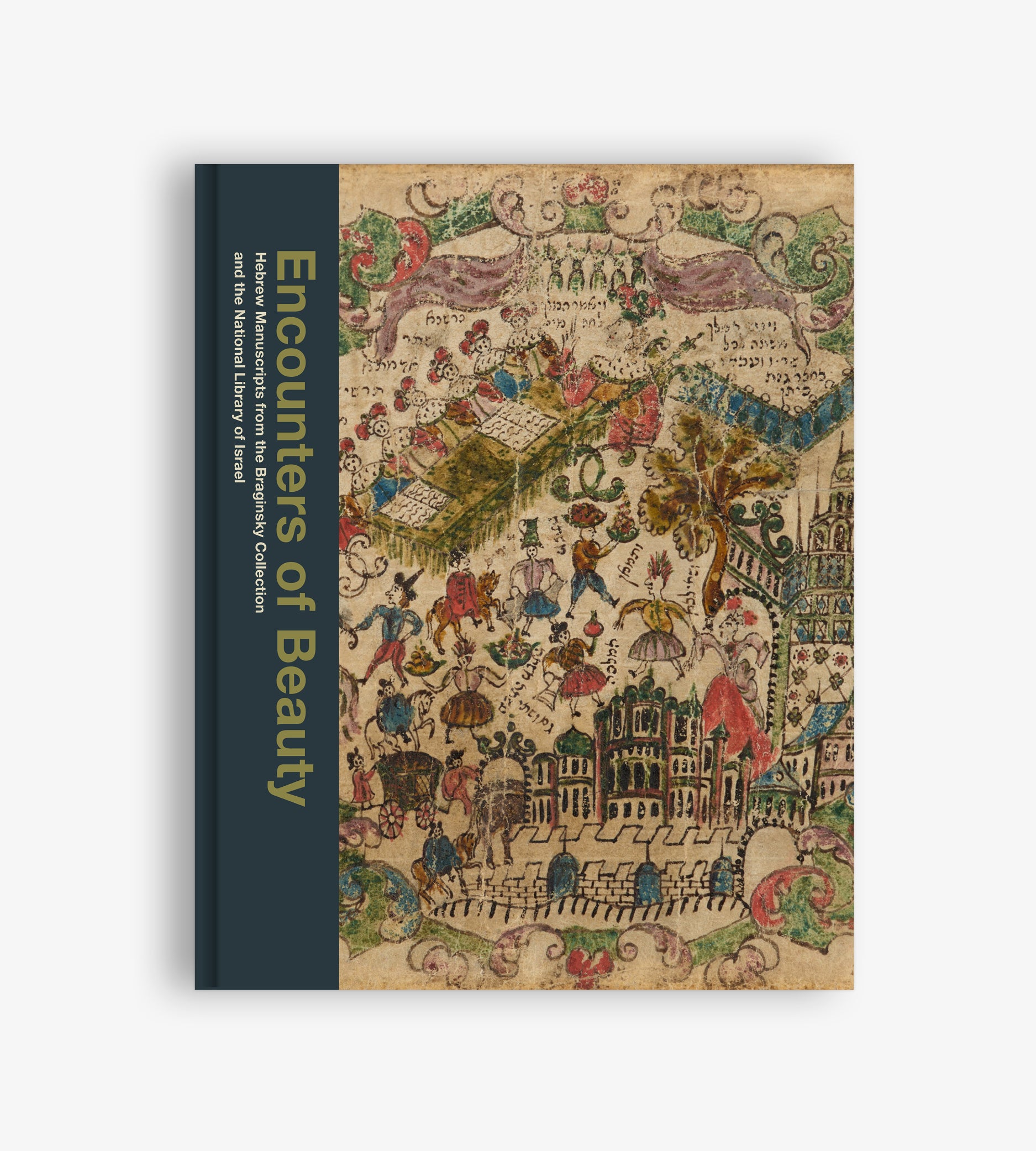
From Greek Conqueror to Muslim Prophet
Samuel Thrope

Alexander the Great’s conquest of the known world lasted only eleven years, from 334 to 323 BCE, but the legacy of that almost unbelievable achievement – building an empire stretching from Greece to India before the age of thirty – continued to reverberate throughout the centuries. As his tale was told and retold, Alexander of Macedon became transformed from man to legend.
In the Islamic sphere, the portrayal of Alexander took a surprising and unexpected turn. Alexander’s figure is already hinted at in the Qur’an in the description of the “two-horned one” in Surat al-Kahf. However, the twelfth-century Persian poet Nizami of Ganja, whose work profoundly influenced later Persian and Turkish poets, gives us an Alexander driven not by conquest but by justice; having attained perfect philosophical wisdom, the Macedonian warrior becomes, in the poet’s hands, a monotheistic prophet.
In Nizami’s retelling, which makes up the fifth and final section of the Quintet (Khamsa), his series of five romantic epics, Alexander, after gaining control over the known world, travels to the unknown. Accompanied by the prophet Khidr, he journeys through the Land of Darkness in search of the fountain of immortality. While he does not find the fountain, Alexander meets the angel Israfil, who awaits God’s order to sound the trumpet on the Day of Resurrection.
Manuscripts of Nizami’s version are often accompanied by miniature paintings illustrating the story’s pivotal scenes. In one of the most famous scenes, Alexander, complete with halo, comforts the dying Persian king Dara (Darius III), who had been assassinated by faithless vassals. The miniature not only conveys the hero’s mercy for his former rival but signifies the legitimate transfer of Iranian kingship to Alexander and his line.














